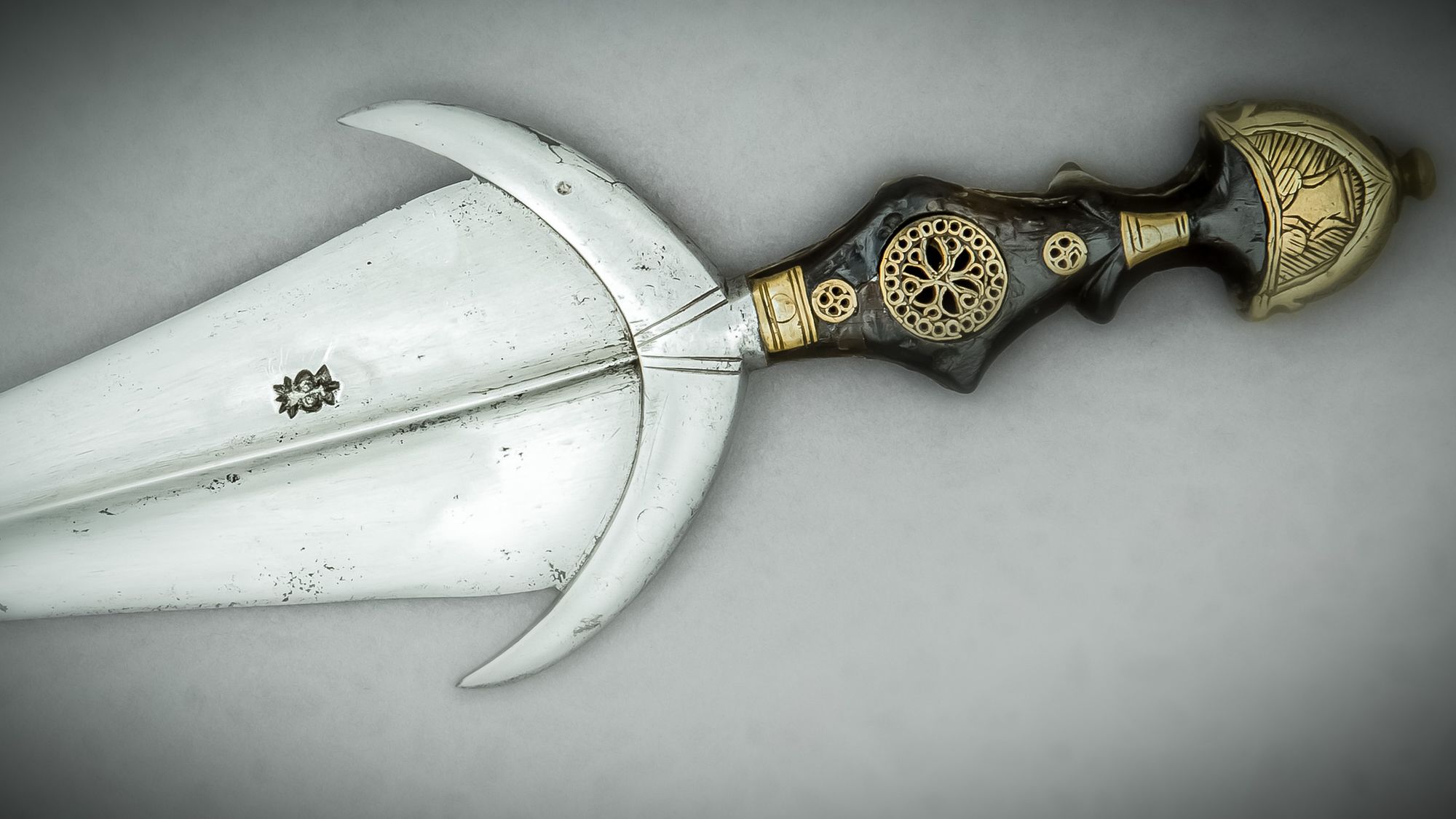
Falling somewhere between a dagger and a sword, with emphasized offensive quality and a resemblance to the Roman gladius, the cinquedea remains the ultimate close-range killing tool. With a wound of palm’s width, no stitching was to save the poor man who had tasted its steel during the late 15th and the 16th century.
The term cinquedea has its roots in the expression cinque dita which translates as “five-finger”. The five fingers refer to the aforementioned width of the blade at its base, and regardless of the varying length of the weapon the acutely tapering, wide blade was its defining characteristic.
I occasionally run searches of various words more or less relevant to the study of swordsmanship through John Florio’s 1611 New World of Words, and looking up the cinquedea I found him using the more-root form of cinquedita, which is no suprise, but looking at the translation or definition of the word, Florio reveals what might be a sign of his ignorance in knowledge of weaponry. He gives us “Cinquedita, a weapon but five fingers long used in Venice.”
Five fingers, yes, but surely it should be five fingers wide, not long. A typo, or an error in the definition? Hard to say, but gives more weight on the warnings of those who tell us to read Florio with certain reservations. As to the question of whether the cinquedea was more popular in Venice than other Italy or beyond, I can’t really say. I wonder what references was Florio using.